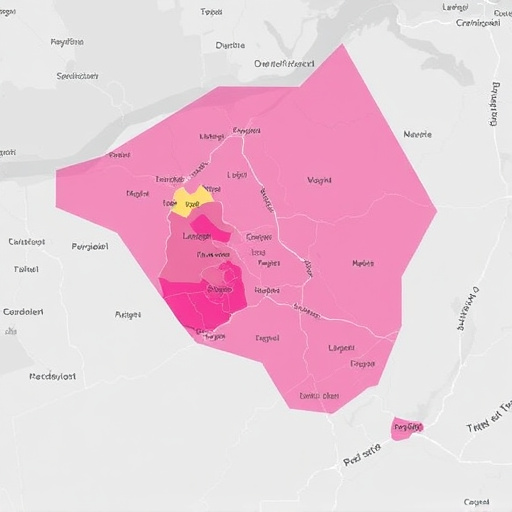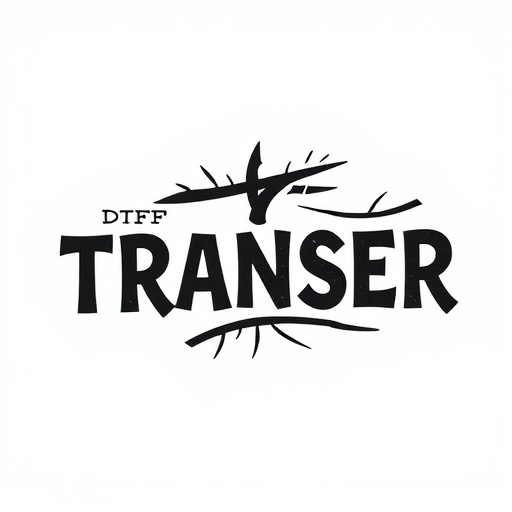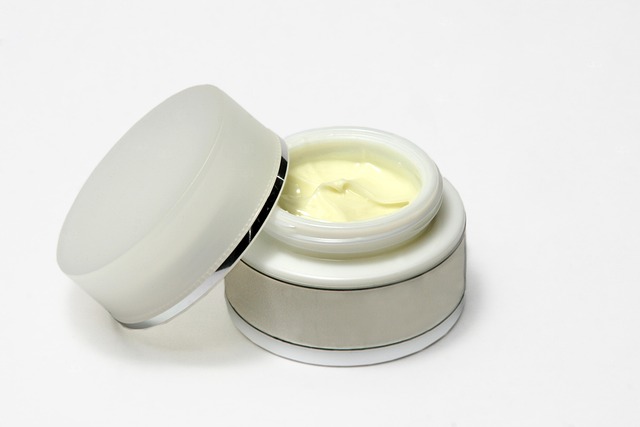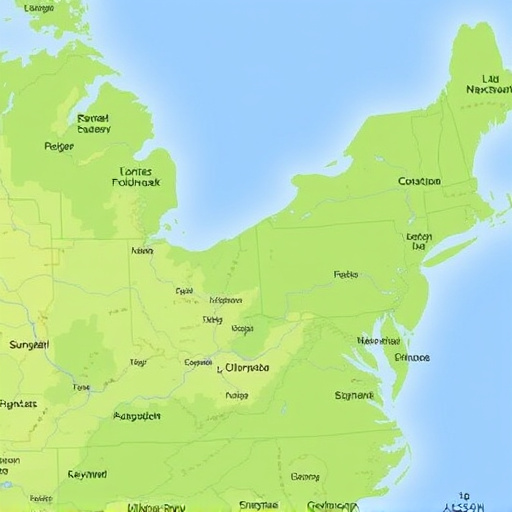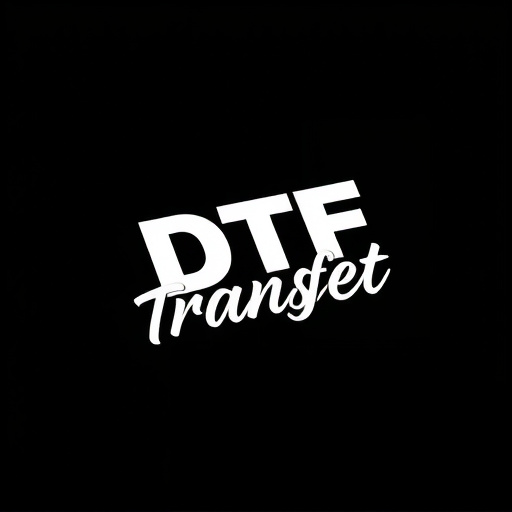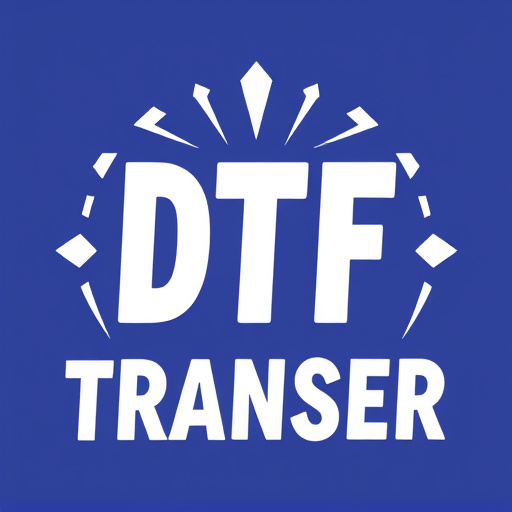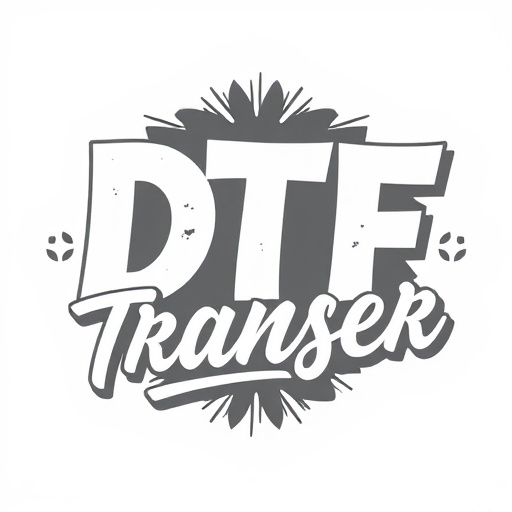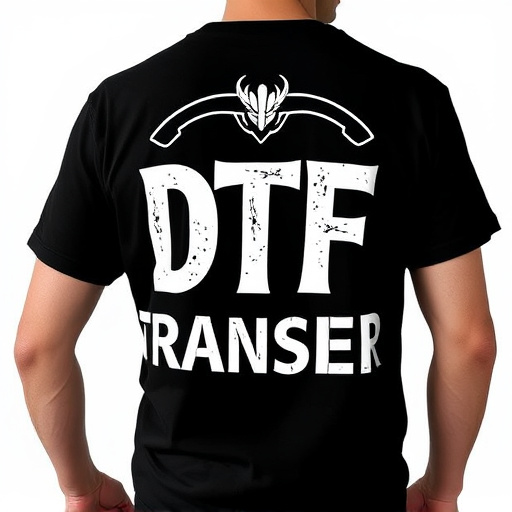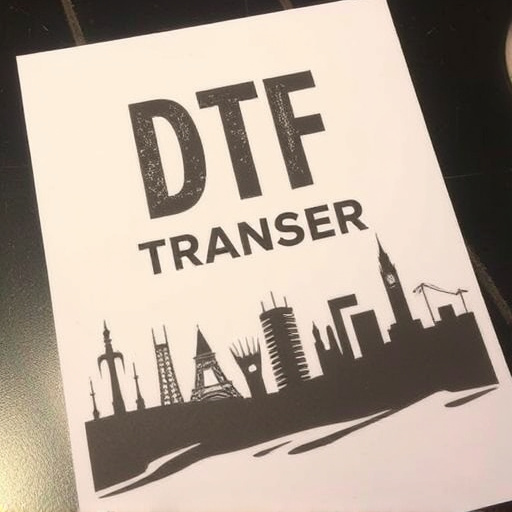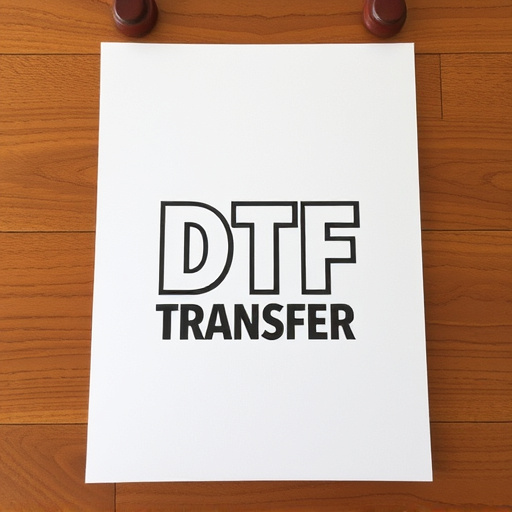Direct to Fabric (DTF) Transfer printing revolutionizes small-batch production by offering a flexible, efficient, and eco-friendly method for creating custom fabric prints. Eliminating the need for traditional screen printing set-ups and minimum order quantities, DTF Printing allows businesses and designers to produce intricate designs and vibrant colors on demand. Ideal for fashion, home decor, and personalized gifts, DTF Transfer empowers small businesses to offer individualized solutions without quantity restrictions, enhancing flexibility, reducing waste, and aligning with modern consumers' sustainability concerns.
Discover the game-changing potential of Direct to Fabric (DTF) Transfer for your small-batch production needs. This innovative printing method offers unparalleled flexibility and cost-effectiveness without requiring large minimum quantities. From understanding the DTF process to mastering material choices and marketing strategies, this guide unravels the secrets of successful DTF production. Learn how to create unique, customizable designs that cater to niche markets, ensuring consistent quality and building a brand around these vibrant, small-batch prints.
- Understanding DTF Transfer and Its Flexibility
- – Definition of Direct to Fabric (DTF) Transfer
- – Advantages for small-batch production
- How DTF Printing Works: A Step-by-Step Guide
- – Explanation of the printing process
- – Key equipment required for DTF printing
Understanding DTF Transfer and Its Flexibility
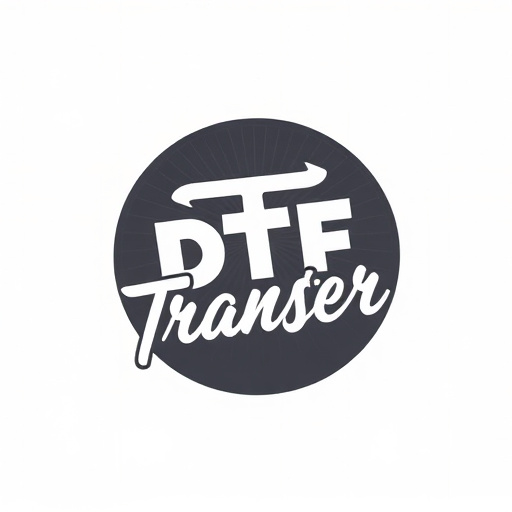
The DTF (Direct to Fabric) Transfer is a game-changer for small-batch production, offering unparalleled flexibility in printing on demand. Unlike traditional methods that require large minimum order quantities, DTF allows businesses and designers to produce custom prints on fabric with minimal waste and setup time. This innovative process involves transferring ink directly onto the fabric surface, enabling intricate designs and vibrant colors without the need for complex machinery or large runs.
With DTF Printing, creating unique fabrics becomes accessible, catering to various markets such as fashion, home decor, and personalized gifts. It’s an efficient method that ensures high-quality prints on a variety of materials, from t-shirts to tote bags. This technology is revolutionizing the way small businesses approach customization, allowing them to meet individual customer demands without being burdened by quantity restrictions.
– Definition of Direct to Fabric (DTF) Transfer
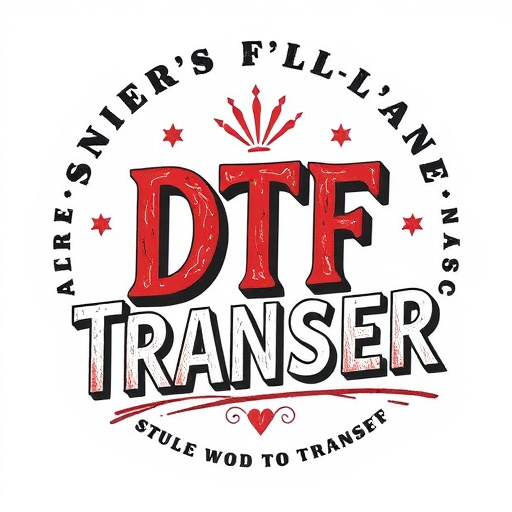
Direct to Fabric (DTF) Transfer is a printing method that allows for small-batch production without minimum order quantities. It’s a game-changer when it comes to custom apparel and textile design, enabling businesses and creators to produce on-demand and cater to unique customer preferences. In this process, designs are directly printed onto fabric using specialized equipment, eliminating the need for traditional screen printing set-ups that require larger production runs.
DTF Printing offers unparalleled flexibility in terms of design customization and order sizes. It’s perfect for creating small batches of custom T-shirts, tote bags, or even home decor items with intricate prints. Each DTF print is unique and can be tailored to specific customer requests, making it an attractive option for those seeking personalized, limited-edition pieces. This method ensures that businesses can offer a diverse range of designs without the overhead costs associated with maintaining inventory for various product quantities.
– Advantages for small-batch production
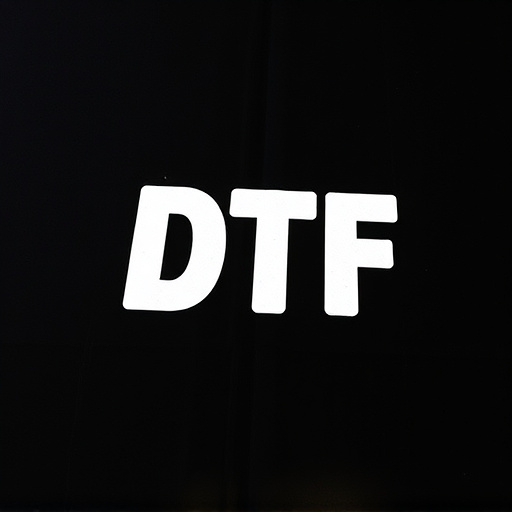
Small-batch production offers a myriad of advantages for businesses and creators looking to bring their designs to life without the constraints of large-scale manufacturing. One of the key benefits is flexibility; small batches allow for more experimentation with designs, materials, and customization options. This is particularly advantageous in the realm of DTF (Direct to Fabric) transfer and printing. With smaller orders, businesses can quickly adapt to market trends, offer unique, limited-edition pieces, and cater to specific customer requests without the financial burden of overproduction.
Additionally, small-batch production reduces waste and minimizes the environmental impact. By producing only what is needed, companies can prevent excess inventory, lower material waste, and optimize resource usage. This eco-friendly approach resonates with modern consumers who are increasingly conscious of sustainability. DTF printing, for instance, enables precise, on-demand printing, ensuring that each DTF print is of the highest quality while minimizing the environmental footprint.
How DTF Printing Works: A Step-by-Step Guide

Direct-to-garment (DTF) printing is a game-changer for small businesses and designers who want to offer custom, on-demand clothing without the hassle of large minimum order quantities. Here’s how it works:
1. Design Creation: Start with your unique design, whether it’s artwork, typography, or an illustration. This digital file will be used to create the DTF transfer.
2. DTF Transfer Preparation: The design is then separated from the background and applied to a special heat-transfer paper using advanced printing technology. This process ensures precise color reproduction and crisp details, allowing for vibrant DTF prints on various fabrics.
3. Printing Process: Once the DTF transfer is ready, it’s positioned onto the garment (t-shirt, hoodie, or any fabric of choice) using a heat press machine. The heat press applies heat and pressure to fuse the design onto the fabric, creating a permanent, high-quality print. This method is ideal for small batches as it allows for quick production without sacrificing quality or creativity.
4. Curing: After printing, the garment goes through a curing process to ensure the ink sets properly. This step guarantees that the DTF prints are durable and will not fade or peel over time.
– Explanation of the printing process
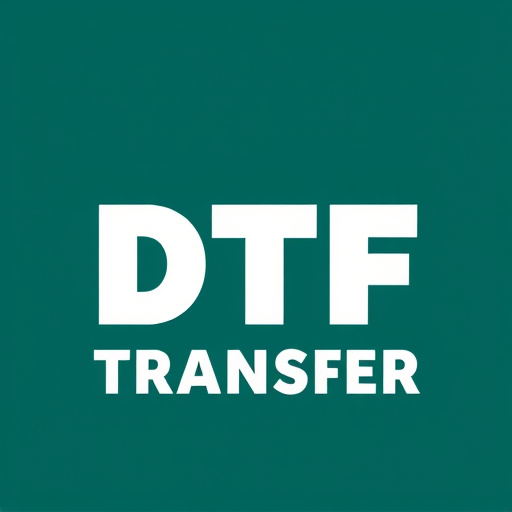
The direct-to-garment (DTF) transfer printing process offers a small-batch production method with no minimum order requirements, making it an attractive option for businesses and individuals looking to create custom prints. This technique involves transferring ink directly onto fabric using a heat press. Designers first create artwork or graphics digitally, which are then converted into a format suitable for printing. A thin layer of water-based or solvent-based ink is applied to the garment, and a DTF film—a specialized transfer paper—is placed on top. Heat is applied to fuse the ink onto the fabric, resulting in precise, vibrant DTF prints.
This method allows for high-quality, detailed designs, making it suitable for various products, from t-shirts and hoodies to mugs and phone cases. The beauty of DTF lies in its versatility; it accommodates complex artwork, multiple colors, and even intricate texturing. Moreover, because the process is digital, there’s no need for costly set-up fees or equipment, making small-batch production accessible and cost-effective.
– Key equipment required for DTF printing
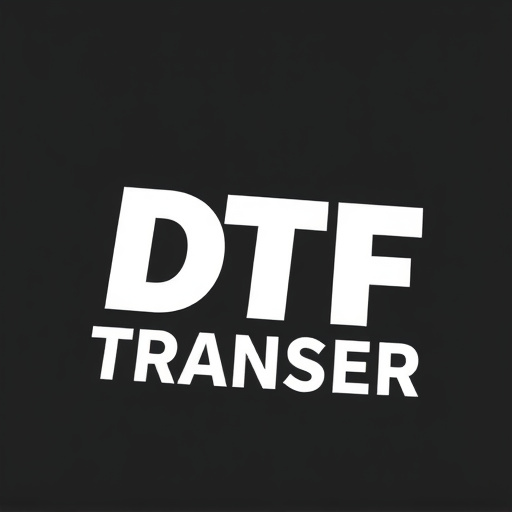
Creating small-batch custom prints with Direct to Fabric (DTF) transfer printing is an accessible and exciting option for artists, designers, and entrepreneurs looking to bring their designs to life without the need for large minimum orders. This method allows for a more flexible approach to production, catering to those who want to offer personalized or limited-edition items. The key equipment required for DTF printing includes a heat press machine and a suitable fabric material. These tools are the backbone of the process, enabling the precise application of designs onto various fabrics with high-quality results.
Heat presses come in different sizes and styles, offering versatility for handling diverse fabric types and print sizes. They use direct heat and pressure to transfer ink from a design (often created digitally) onto the fabric, ensuring vibrant and long-lasting DTF prints. A range of heat press temperatures and timings is set based on the type of ink, fabric, and desired finish, allowing for precise control over the printing process. Together with easy-to-use software, this equipment makes DTF printing a feasible and efficient method for producing custom fabrics, from clothing to home decor items, without requiring significant upfront investment or large quantity commitments.

